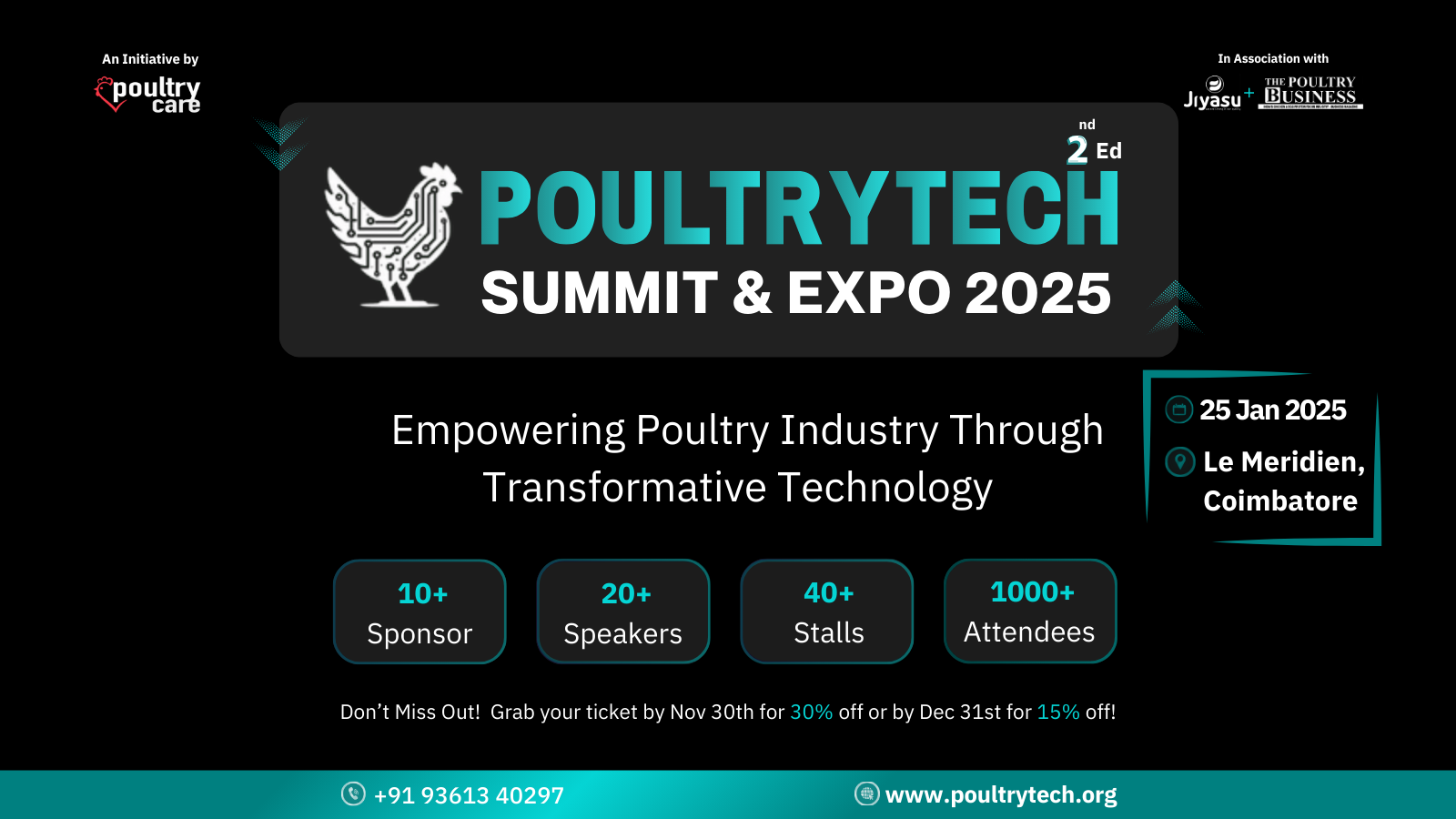Every poultry farmer wants one thing — healthier birds, steady weight gain, and a profitable lift. But what if you’re doing all the right things, yet profits feel stuck? The answer might be hiding in a quiet corner of your operation — your FCR.
Feed Conversion Ratio might sound complex, but it simply means how well your birds are turning feed into weight. And when it’s off balance — even slightly — your entire margin suffers.
Some farms, however, seem to always stay ahead. Their birds convert feed better, their feed usage stays consistent, and their settlements feel more rewarding.
This isn’t luck. This is habit. And here’s how they do it — and what you might be missing.
What Makes FCR So Important?
FCR is like a hidden mirror in your shed. It reflects how well your birds are eating, digesting, and growing.
A lower FCR means your birds are doing well with less feed — saving you cost, space, and effort. A higher one? That means more feed is going in… with less result.
The worst part? These shifts are often so small, you don’t see them. You feel them in your settlement.
That’s why the best farms keep their eyes on FCR — every day.
Habits That Make the Difference
Let’s explore the practical habits of top broiler farms that keep their feed conversion in check.
✅ They Track Feed Daily
Not just how much feed is bought — but how much is actually used per shed, per day. This helps them connect feed with growth, not just stock flow.
You’d be surprised how often feed gets wasted without anyone noticing. These farmers don’t leave it to guesswork. They measure it like money.
✅ They Treat Each Shed Uniquely
Instead of making one plan for the whole farm, they tailor goals for each shed.
One flock may eat more. Another may gain weight slower. Smart farms don’t average this out — they adjust their focus, per shed, per batch.
This small shift makes a big difference.
✅ They Use Simple, Reliable Tools
Top farmers don’t depend on memory. They use basic mobile tools, dashboards, or even simple trackers that alert them when things go off track.
It’s not about high-tech systems. It’s about having the right information at the right time.
✅ Their Team Is Aligned
From the person who fills the feeders to the one who manages feed supply — everyone understands the goal.
Even small habits — like when to feed, how to store feed, or how to clean feeders — all add up.
Consistency isn’t magic. It’s teamwork. These farms run on shared responsibility.
✅ They Correct Early
Smart farms don’t wait until the birds are lifted to assess performance. They notice changes early — when feed consumption dips, when water intake slows, or when a shed’s temperature fluctuates.
They act early, adjust quickly, and prevent problems instead of reacting to them.
Common Gaps That Hold Farms Back
Now let’s flip the coin. These are some common things that drag FCR down — often unnoticed.
-
Feed left too long in pans, getting dusty and unappetizing
-
Birds eating too much or too little due to feeder height
-
Poor ventilation stressing the flock
-
Water issues like leaks or contamination
-
Missed feedings or inconsistent timings
-
Supervisors skipping rounds due to staff shortage
These may seem small. But they pile up — silently pulling your profits down.
You Might Be Working Harder, But Not Smarter
Many farms pour in hard work — waking early, checking sheds, pushing feed. But if you’re not tracking outcomes consistently, that hard work might not be giving the returns it should.
Top farms don’t always work harder — they work with clarity. They focus on what gives results, not just what fills the day.
You might be feeding well, but if birds aren’t converting efficiently, you’re just increasing cost without reward.
FCR Is a Team Sport — Not a One-Man Task
One of the biggest misunderstandings is thinking that only farm owners or supervisors need to worry about performance.
In the best farms, everyone knows the role they play in maintaining good conversion:
-
Feed truck drivers make sure there’s no spillage
-
Shed staff check for feed pan blockages
-
Supervisors track feeding intervals
-
Managers follow the weight-to-feed trend weekly
It’s a farm-wide culture. And it works.
How to Start Improving Right Now
No major investments needed. Here are three things you can do today:
-
Start logging feed and weight daily
-
Compare how each shed is performing — don’t settle for averages
-
Share clear targets with your team and explain why they matter
Your birds are working every day. Your data should too.
Final Thought: Low FCR = Peace of Mind
When your FCR is under control, everything gets easier. Feed ordering becomes predictable. Settlements get smoother. Even your stress reduces.
Your birds grow with less. Your margin grows with more. And your entire operation starts feeling lighter.
You don’t need a new breed. You don’t need to double your feed.
You need control. Visibility. And timely correction.
The best farms aren’t lucky. They’re just prepared.



